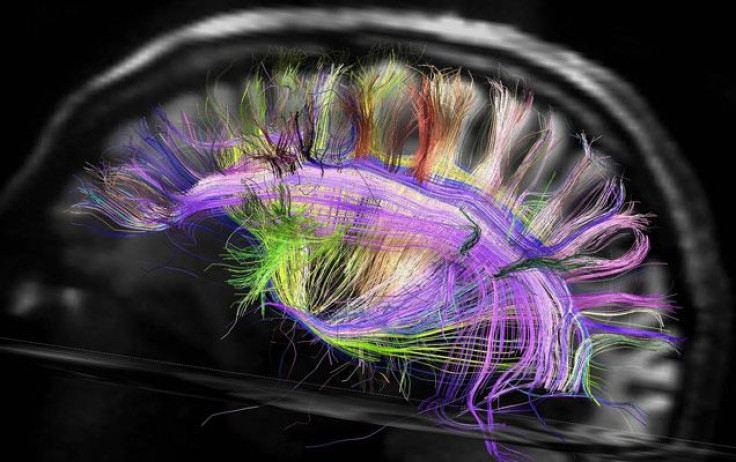The Brain's Tangled Web of Wires Get Unraveled

The brain continues to be a mystery that is slowly being solved by science. A study using new techniques reveals that the brain is highly organized and not the ball of knotted-up wires as was previously believed.
The brain's structure was thought to resemble something similar to what you may find behind your entertainment center. Many cables all scattered with no real clear direction on how anything was organized. Only recently have imaging techniques been able to find order among the chaos and it turns out the brain is rather neatly structured, much like a chessboard.
Dr. Van J. Wedeen, Director of Connectomics at Martinos Center Department of Radiology at Massachusetts General Hospital led the brain structure study. Researchers used magnetic resonance image (MRI) scanners to create three-dimensional models of the human brain and all of its more than 100 billion cells at work.
Aside from looking like fluorescent abstract paintings, and could be hung up on a college dorm's wall, the MRI's outline the numerous pathways neurons travel from different parts of the brain. Rather than a jumbled mess, the brain is structured much like a grid, with different pathways intersecting at right angles.
The paths formed inter-connected folded sheets that were parallel to one another. This pattern was found in all other animals and is not unique to human brains. Previously, it was difficult to map out the brain because of the various folds and other developments which helped obscure the structure of the neuron connections.
The pathways of the brain are rather simple and get developed early, forming perpendicular to one another and running in three different directions, lengthwise, horizontally and diagonally.
The brain's structure can help make neuron activity more efficient in finding connecting pathways while also allowing for some adaptation due to brain plasticity. The brain's wiring can act like a highway route signs pointing neurons to their right destination.
Aside from being a great technical achievement, the imaging of the brain can allow for better understanding of brain development and disease. Researchers can look at these detailed scans of the brain's pathways to uncover any irregularities by examining the different pathways. Considering the difficulty in organizing your surround sound system's wiring, the brain's ability to handle all the emotions, movement and senses of a person is extraordinary.
The study was published in Science.



























